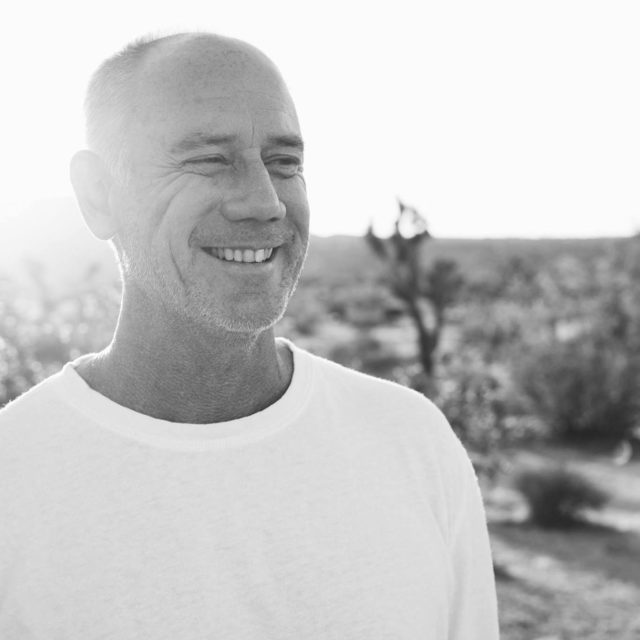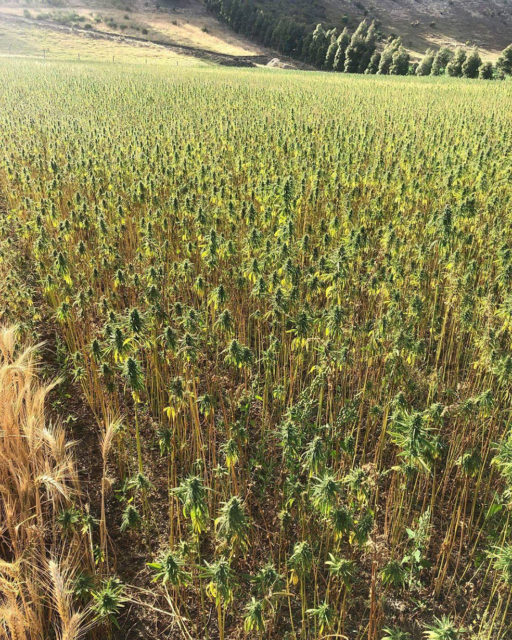TOPICS & TIMES:
- Anti-hemp propaganda (5:40)
- The battle for hemp legalization (9:15)
- The future of the U.S. hemp industry (13:31)
- Is there an ongoing hemp stigma? (15:30)
- The many uses & history of hemp (16:40)
- “Hempcrete” for building houses?? (18:13)
- What are hemp’s textile qualities? (21:04))
- Why blend hemp & cotton? (24:08)
- Shooting t-shirts with guns (26:10)
- Environmental benefits of growing hemp (31:26)
- Eat hemp every day (*Dr. Dre voice*) (35:44)
- Future of hemp apparel (40:08)
For centuries, hemp has been cultivated around the world and used to make just about everything: rope, clothing, paper, currency, sails — even the earliest American flags.
But in 1937, the United States effectively banned the cultivation of hemp, and since then, hemp has faced an uphill battle of public perception and viable production in the US.
Just last year, however, Congress passed the Farm Bill, which re-legalized the cultivation of industrial hemp.
So we spoke to Rob Jungmann, one of the pioneers of hemp apparel in the United States and the owner of Jungmaven apparel, to discuss Rob’s history in the hemp textile industry; the many uses for hemp (including eating it and building houses with it); how hemp differs from cotton in textiles; and shooting hemp T-shirts with a shotgun (seriously).
- Check out the rest of our “What You’re Wearing” series here.



I’ve really enjoyed the “What you’re wearing” mini-series. I’ve also really liked the focus on the supply chains, closing the loop and post consumer fates of all the materials that have been talked about. That said: parts of the conversation in the hemp episode bothered me.
First, as someone who works in production agriculture, the presentation of certified organic as being pesticide or chemical free is simply untrue. Certified organic production of any commodity means that only a specific subset of crop protection and fertility products or techniques can be used. There is nothing in those certification standards that states those products have a more favorable environmental profile, or be safer for humans to use. They simply can’t be synthetic in nature. It’s a fantastic marketing program, but as a production system it’s no “better” (and arguably worse) then conventional production.
That leads me to the next point: hemp as a rotation crop if it has the benefits described could be a fantastic addition to our systems from a sustainability standpoint. That said, no crop “puts back” more fertility then it takes out of the soil. It may very well contribute a lot of organic carbon back into the soil, but as far as the other mineral nutrients not extracted from the atmosphere all crops are net exporters. I sound like a damn professor.
Hemp is also not alone in being a crop species with multiple streams of income for the farmer. This is an avenue that is receiving more attention however, and any crop with multiple viable income streams is welcome. (For the record, cotton also produces multiple income streams. The lint is the main source of income, but the seeds are recovered and pressed for oil. The leftover meal is then fed to livestock as a protein source. Agriculture hates waste. We can’t afford it.)
Now that I’m done nit-picking holes I have a serious question. Has there been any technical layers made using a blend of wool and linen? Linen is incredibly durable (and comes from another low-input crop: flax, and would provide a second stream of income for that incredible crop species) and being cool to the touch it would seem to be a natural fit with wool for active wear in warm and hot weather. Getting both the coolness and softness of linen, plus the durability benefits mixed with the odor control and moisture management of wool seems like an obvious solution to some of those challenges.
I would definitely listen to another podcast in this series! Keep up the good work.
Thanks for share this article it’s quite helpful.
Kind regards,
Lunding Duke